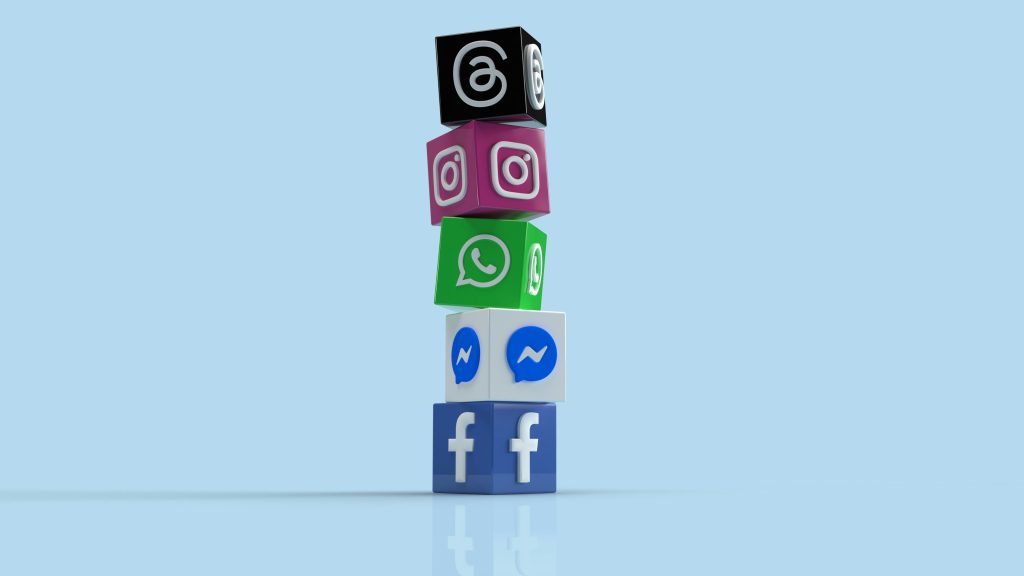Student Relief Plan—A Balm of Gilead or a Can of Gasoline?

By Christian Parkinson*
Small business owners are struggling to keep their businesses afloat as the United States faces its highest month-over-month inflation rates since 1982.[1] Will a well-intended “relief package” for student loan borrowers further stoke the country’s inflationary inferno?
As inflation has increased across the country, so have the costs of running small businesses.[2] Owners are having to spend more on the supplies and services they need to run their businesses, forcing them to raise their own prices to offset these additional costs. Such a hike in prices has led to a loss of customers and subsequent revenue. In fact, 75% of small businesses participating in Goldman Sachs’s coaching program reported financial struggle due to these increased costs. As supply costs run higher, any revenue gained is siphoned faster than owners could have predicted. The small business industry is known for its optimistic entrepreneurial spirit, but recent surveys from the National Federation of Independent Businesses measured its lowest reading ever on economic expectations.[3] Given this background, of course small business owners are fearful of the possibility of a hike in inflation, no matter if it is a byproduct of a well-intended “relief plan.”
On August 24th, 2022, Joe Biden’s administration announced that the Department of Education will “provide up to $20,000 in debt cancellation to Pell Grant recipients…and up to $10,000 in debt cancellation to non-Pell Grant recipients” to individuals whose income is less than $125,000.[4] As cheers were heard among the millions burdening student debt, there seemed to be a silence of uncertainty among small business owners. Will this “relief plan” only trigger a heavier inflationary toll on these already struggling owners, or will inflation not be affected?
Wall Street economists argue that a rise in inflation would be minimal or possibly would not be felt at all.[5] They explain that there will be a tempering effect when student loan repayments restart in January 2023. Experts from Goldman Sachs explain that the total outstanding student debt is about $1.7 trillion, and the relief plan will reduce that balance by about $400 billion.[6] Therefore, only about a quarter of outstanding balances will be completely forgiven or “erased,” leaving most borrowers to resume repayment schedules come 2023. The experts predict the resumption of monthly payments will likely lead borrowers to maintain or lower their current personal spending behaviors, which may dampen any stoking effects on inflation.[7]
However, economic officials for previous Democratic presidencies have warned that the student relief plan will increase inflation.[8] These Harvard-trained economists reason that consumers will have more money to spend because their monthly loan payments will be reduced or completely eliminated.[9] In other words, money that would be going towards these loans is now “freed” for discretionary spending. Although no checks are being sent to borrowers from the government, experts calculate that the amount of money that may be freed up by this relief plan reaches into the trillions of dollars.[10] This will, in turn, increase consumer spending in an already strangled supply chain market and truly stoke inflation into an inferno.
Will the cries of small businesses closing their doors be drowned out by those celebrating the reduction of student debt? Or is the predicted inflationary monster merely a shadow casted by presidential opponents? As experts continue to disagree on the future effects of the student loan relief plan, an already burdened group of small business owners anxiously brace for its effects.
* J.D. Candidate, Class of 2024, Sandra Day O’Connor College of Law at Arizona State University.
[1] Trevor Wheelwright, The Effects of Inflation on US Small Businesses, BUSINESS, https://www.business.org/finance/accounting/effects-of-inflation-on-small-businesses/ (last visited Aug. 31, 2022).
[2] Joe Camberato, The Impact of Inflation on Small Businesses and How to Manage It, FORBES, https://www.forbes.com/sites/forbesfinancecouncil/2022/05/25/the-impact-of-inflation-on-small- businesses-and-how-to-manage-it/?sh=5544ff7eae41(last visited Aug. 31, 2022).
[3] Lydia DePillis, After Enduring a Pandemic, Small Businesses Face New Worries, N.Y. TIMES, https://www.nytimes.com/2022/07/26/business/economy/small-business-recession.html (last visited Aug. 31, 2022).
[4] FACT SHEET: President Biden Announces Student Loan Relief for Borrowers Who Need It Most, WHITE HOUSE, https://www.whitehouse.gov/briefing-room/statements-releases/2022/08/24/fact-sheet- president-biden-announces-student-loan-relief-for-borrowers-who-need-it-most/ (last visited Aug. 31, 2022).
[5] Aimee Picchi, Biden’s Student Loan Relief Won’t Fuel Inflation, Wall Street Says, CBS NEWS, https://www.cbsnews.com/news/student-loan-forgiveness-biden-inflation/ (last visited Aug. 31, 2022).
[6] Id.
[7] Id.
[8] Jim Tankersley, Biden’s Student Loan Plan Sets Off Fierce Debate Among Economists, N.Y. TIMES, https://www.nytimes.com/2022/08/30/business/economy/biden-student-loans-economists.html (last visited Aug. 31, 2022).
[9] Id.
[10] Id.


